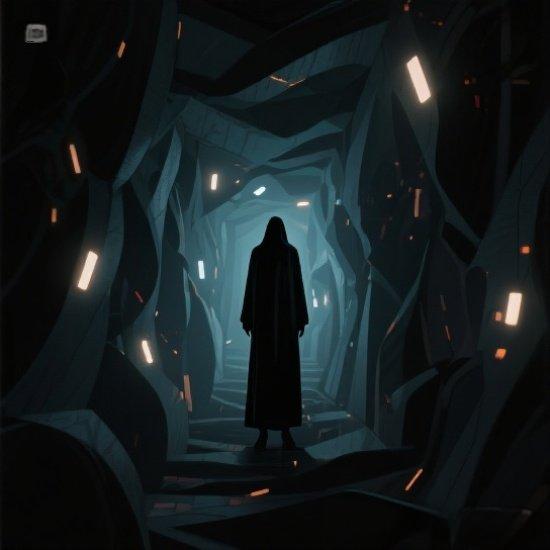When most people think of horror games, they imagine loud jump scares, blood-splattered corridors, or grotesque monsters jumping out from the shadows. But in 2025, a quieter, more insidious fear is creeping in — and it’s leaving a much deeper impact.
Psychological horror has surged in the indie gaming space, overtaking traditional gore-fests in both popularity and cultural relevance. Why are these subtler, more cerebral games resonating so strongly right now? And what does it mean for the future of the genre?
👻 What Is Psychological Horror?
Unlike slasher or action-horror titles, psychological horror focuses on:
- Inner fear rather than external threats
- Mental breakdowns over physical damage
- Atmosphere and tension over loud scares
- Narrative complexity and emotional weight
The horror isn’t always visible — it lingers in tone, pacing, audio cues, and what’s left unseen.
🔥 Why It’s Growing in 2025
🎯 1. Fatigue with Cheap Scares
Gamers have grown tired of predictable jump scares and shallow scream tactics. In contrast, psychological horror demands more thought, offering layered experiences that reward attention and interpretation.
“We don’t want to just scream — we want to feel disturbed,” says one Reddit user in r/IndieGaming.
🧠 2. Streaming Culture Loves It
These games are perfect for Twitch and YouTube, as streamers can break down theories, discuss symbolism, and showcase emotional reactions — offering content beyond simple fear reactions.
Games like [Fear & Hunger], [Paratopic], and [Milk inside a bag of milk inside a bag of milk] have gained cult followings through streamers diving into their strange, often disturbing narratives.
💻 3. Low Budgets, High Impact
Psychological horror fits indie development well. It relies more on sound design, writing, and tone than complex graphics or combat systems. This allows small teams — sometimes solo devs — to craft unforgettable experiences.
🧩 Indie Games Leading the Trend
Here are a few standout titles driving this psychological horror renaissance:
📕 Fear & Hunger
Dark fantasy meets existential dread. A brutal, permadeath RPG where survival is as mental as it is physical.
🧪 I’m on Observation Duty
You sit and watch — for hours — spotting slight anomalies in surveillance footage. The fear lies in subtlety and paranoia.
🔮 Anemoiapolis
An exploration of liminal spaces and “The Backrooms” aesthetic. It taps into modern unease about the ordinary becoming unfamiliar.
📈 The SEO Impact & Search Trends
According to Google Trends and Steam category filters, search interest in “psychological horror” rose by +120% in early 2025, outperforming tags like “gore” or “zombie horror.” Players are seeking layered experiences that stay with them after the game ends.
On Steam, games labeled psychological horror show longer average play sessions and more positive reviews than gore-centric games with similar budgets.
🔮 What This Means for Developers
If you’re an indie developer looking to break into horror:
- Focus on sound and story.
These are more valuable than expensive 3D models. - Use ambiguity to your advantage.
Let players question their reality, perception, and sanity. - Explore real-life fears.
Themes like loneliness, guilt, isolation, and memory loss hit harder than monsters ever could.
🧠 Final Thoughts
In 2025, horror is evolving — and indie developers are leading the way. The rise of psychological horror shows that the genre doesn’t have to shout to be heard. Sometimes, the scariest things are whispered.
If you haven’t explored this subgenre yet, now is the perfect time to dive into the mind-bending, heart-racing world of psychological horror.

